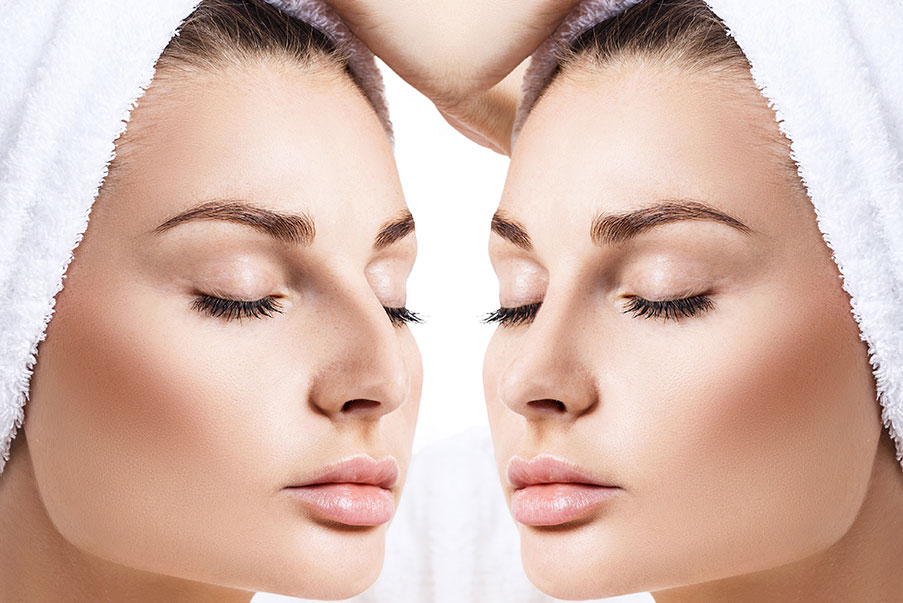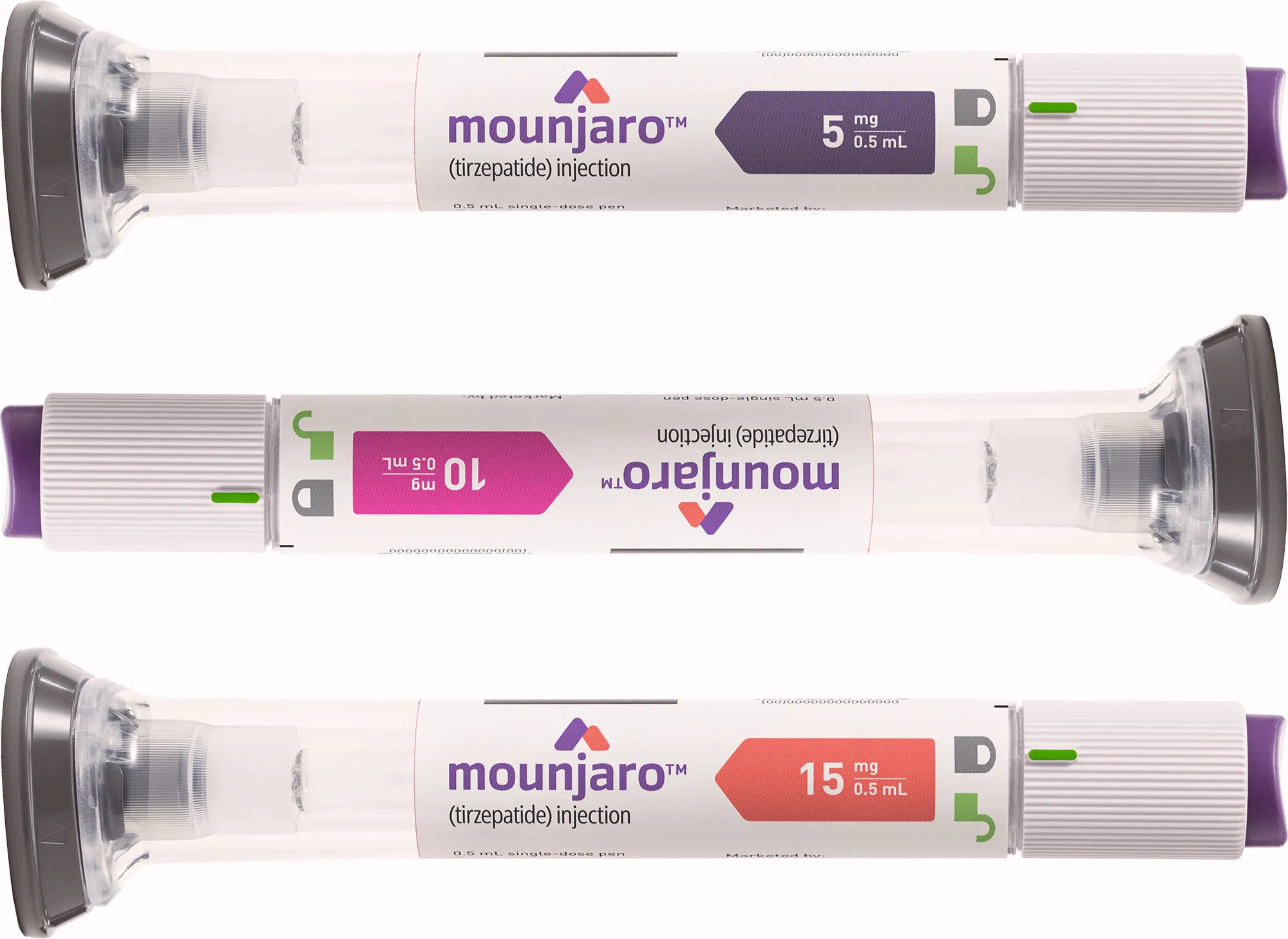Rhinoplasty, commonly referred to as a nose job, is one of the most transformative cosmetic surgeries available today. Whether you’re seeking correction for functional issues or purely aesthetic refinement, it’s vital to understand the journey you’re about to undertake. From initial consultation to long-term results, the process requires careful preparation and patience through recovery. If you’re considering Rhinoplasty in Islamabad, this comprehensive guide will walk you through the pre-operative steps, immediate post-surgical care, and long-term outcomes.
Understanding the Procedure
Rhinoplasty reshapes the nose by modifying the bone, cartilage, and tissue to improve appearance or function. It can correct nasal asymmetry, reduce humps, alter tip shape, or improve breathing by addressing deviated septum issues.
There are two main types:
-
Open Rhinoplasty: Involves an external incision for better visibility and access.
-
Closed Rhinoplasty: All incisions are made inside the nose, resulting in no visible scarring.
Each approach has specific benefits depending on the patient’s anatomical structure and goals.
Initial Consultation: Laying the Groundwork
Your journey begins with a consultation. During this meeting:
-
A detailed medical history will be taken.
-
Physical examination and imaging may be performed.
-
Your goals and expectations will be discussed.
-
Your surgeon may take digital photographs and use software to simulate potential results.
This stage is crucial to ensure alignment between your aesthetic desires and surgical possibilities. Surgeons often provide realistic insights, helping you understand the limitations and probable outcomes.
Pre-Operative Preparation
To ensure optimal surgical results and minimize risk, your doctor will provide pre-operative instructions. These often include:
-
Medical Evaluation: You may need lab tests or medical clearance.
-
Medication Review: Discontinue blood thinners like aspirin or ibuprofen as instructed.
-
Smoking and Alcohol: Avoid these substances as they hinder healing.
-
Fasting: If general anesthesia is required, you will need to fast the night before.
-
Home Preparation: Prepare your living space with essentials such as cold compresses, prescribed medications, extra pillows, and soft food.
Patients should also arrange for someone to accompany them on the day of surgery and assist during the first 24–48 hours.
The Day of Surgery: What to Expect
Rhinoplasty typically takes 1.5 to 3 hours depending on complexity. You’ll be under general or local anesthesia with sedation. After the procedure:
-
You’ll wake in a recovery area with your nose bandaged and splinted.
-
Swelling, bruising, and nasal congestion are expected.
-
Most patients are discharged the same day unless complications arise.
Immediate Post-Operative Recovery
First Week Highlights:
-
Splints and sutures are usually removed after 7 days.
-
Swelling and bruising peak around day 2–3 and begin to subside afterward.
-
Sleeping with your head elevated reduces swelling.
-
You must avoid blowing your nose, bending, or heavy lifting.
Pain Management:
-
Mild discomfort and pressure are common.
-
Your surgeon will prescribe painkillers and antibiotics to prevent infection.
Appearance:
-
Bruising under the eyes, known as raccoon eyes, is normal.
-
Nasal congestion due to internal swelling is also expected.
Short-Term Recovery: Weeks 2–6
Physical Recovery:
-
By week two, most visible bruising resolves.
-
Light physical activity can resume after two weeks.
-
Avoid contact sports or any activity that risks nose trauma.
Swelling:
-
A significant portion of swelling subsides by week four.
-
However, subtle swelling may persist for several months.
Nasal Function:
-
Breathing may still feel restricted as internal tissues heal.
-
Saline sprays and humidifiers can help with dryness and discomfort.
Long-Term Recovery: 3 Months and Beyond
Rhinoplasty is a long game. Full results may take up to a year to be fully appreciated.
Month 3–6:
-
Most residual swelling resolves, especially at the bridge.
-
Tip refinement continues gradually.
Month 6–12:
-
Final nasal contour becomes evident.
-
Scar tissue softens and internal adjustments stabilize.
Your surgeon will conduct follow-up assessments to ensure healing is progressing as expected.
Emotional Expectations and Psychological Factors
It’s common for patients to experience a range of emotions after surgery, including:
-
Doubts or regret during the initial recovery.
-
Frustration over lingering swelling or slow changes.
-
Anxiety about whether the results will match expectations.
These are normal. A strong support system and open communication with your surgeon can help ease post-operative emotional shifts.
Risks and Complications
Though rhinoplasty is generally safe, potential risks include:
-
Infection
-
Bleeding
-
Asymmetry
-
Scarring (particularly in open rhinoplasty)
-
Breathing difficulties
-
Need for revision surgery
These complications are rare when performed by qualified professionals. Choosing an experienced surgeon significantly reduces risks.
Revision Rhinoplasty: When is It Needed?
Approximately 5–15% of rhinoplasty patients seek revision. Common reasons include:
-
Dissatisfaction with appearance
-
Breathing issues
-
Asymmetry or irregular healing
A revision procedure is generally not considered until at least 12 months post-op, giving time for full healing and tissue stabilization.
Life After Rhinoplasty: Long-Term Impact
Confidence and Appearance:
Most patients experience improved self-esteem and satisfaction with facial harmony. This can positively affect personal and professional life.
Functionality:
When performed to correct a deviated septum or other airway issues, rhinoplasty can significantly improve breathing quality.
Maintenance:
No special long-term maintenance is needed beyond basic facial hygiene. However, patients should avoid activities that could risk nasal trauma.
Choosing the Right Surgeon
Your choice of surgeon can determine your rhinoplasty outcome. Look for:
-
Board certification in plastic or ENT surgery
-
Proven track record with rhinoplasty cases
-
Real patient testimonials and before-and-after galleries
-
Transparent consultation process
At the right clinic, you’ll receive personalized care, honest expectations, and attentive post-op follow-up. Dynamic Aesthetic Clinic Islamabad offers professional rhinoplasty solutions tailored to each patient’s needs.
Final Thoughts
Rhinoplasty is more than a cosmetic change—it’s a transformative journey that involves physical, emotional, and psychological preparation. From the moment you decide to undergo the procedure, you must be informed about what lies ahead. The experience includes multiple stages—consultation, surgery, recovery, and long-term observation—and each phase plays a critical role in achieving the final outcome. By setting realistic expectations, choosing a qualified surgeon, and following all pre- and post-operative guidelines, you give yourself the best chance of success.


